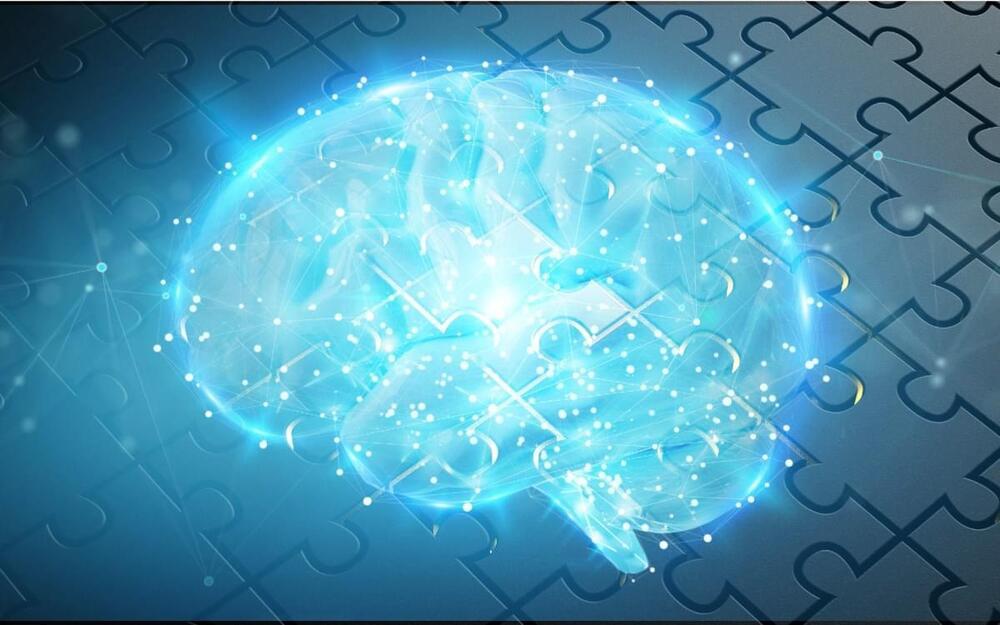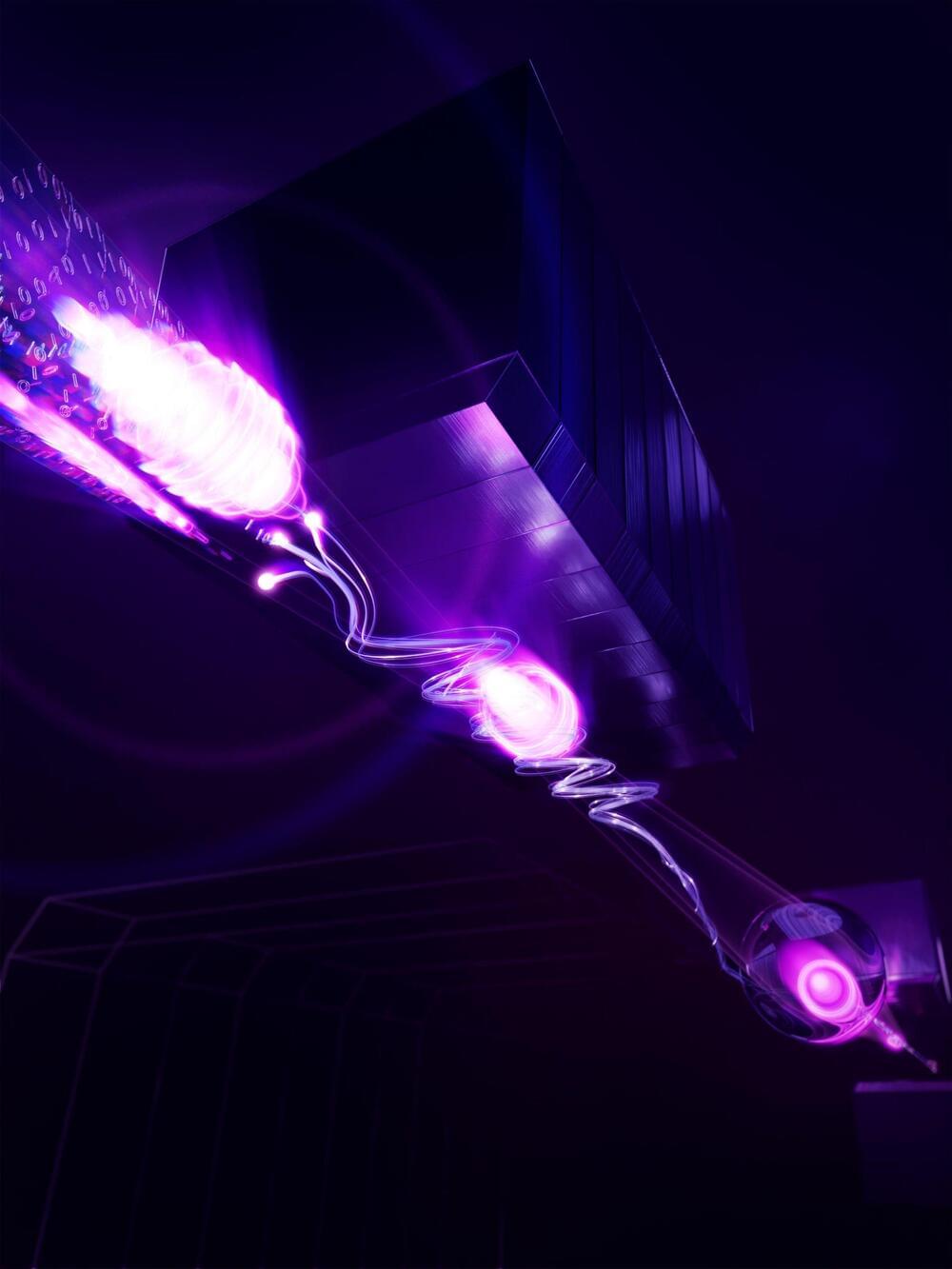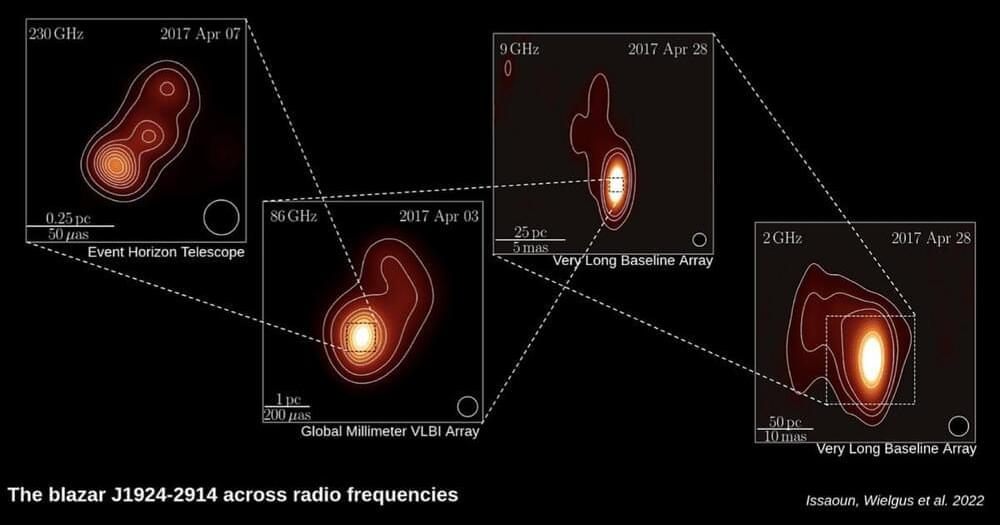It will be able to deliver images sharp enough to see the torch engraved on a dime from nearly 160 kilometers away.
The Giant Magellan Telescope, the most powerful telescope ever engineered, has secured a new $205M funding infusion that will be used to accelerate its construction. When finished, it will be four times more powerful than the James Webb Space Telescope.
According to the Giant Magellan Telescope Organization (GMTO), the investment is one of the largest funding rounds for the telescope since its founding and will be used to manufacture the giant 12-story telescope structure that will be housed at the Las Campanas Observatory in Chile’s Atacama Desert.






